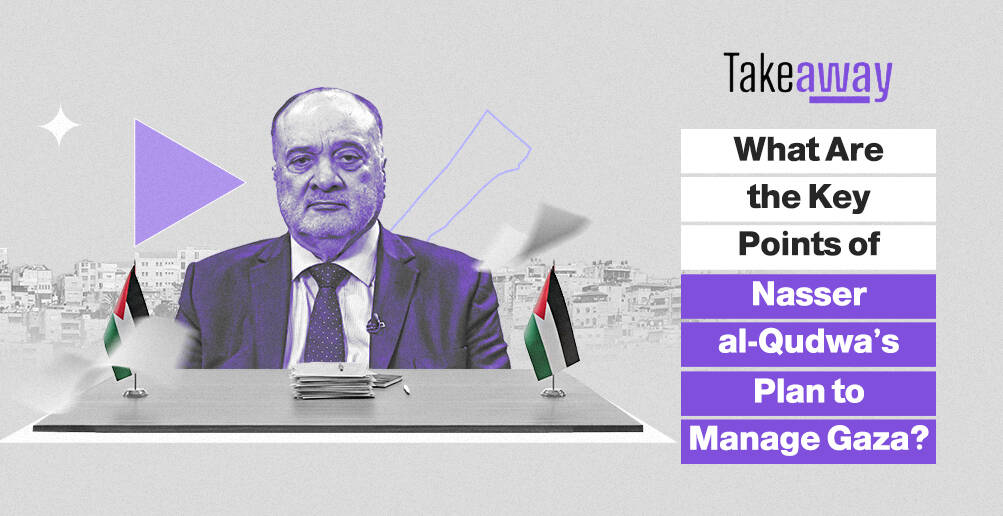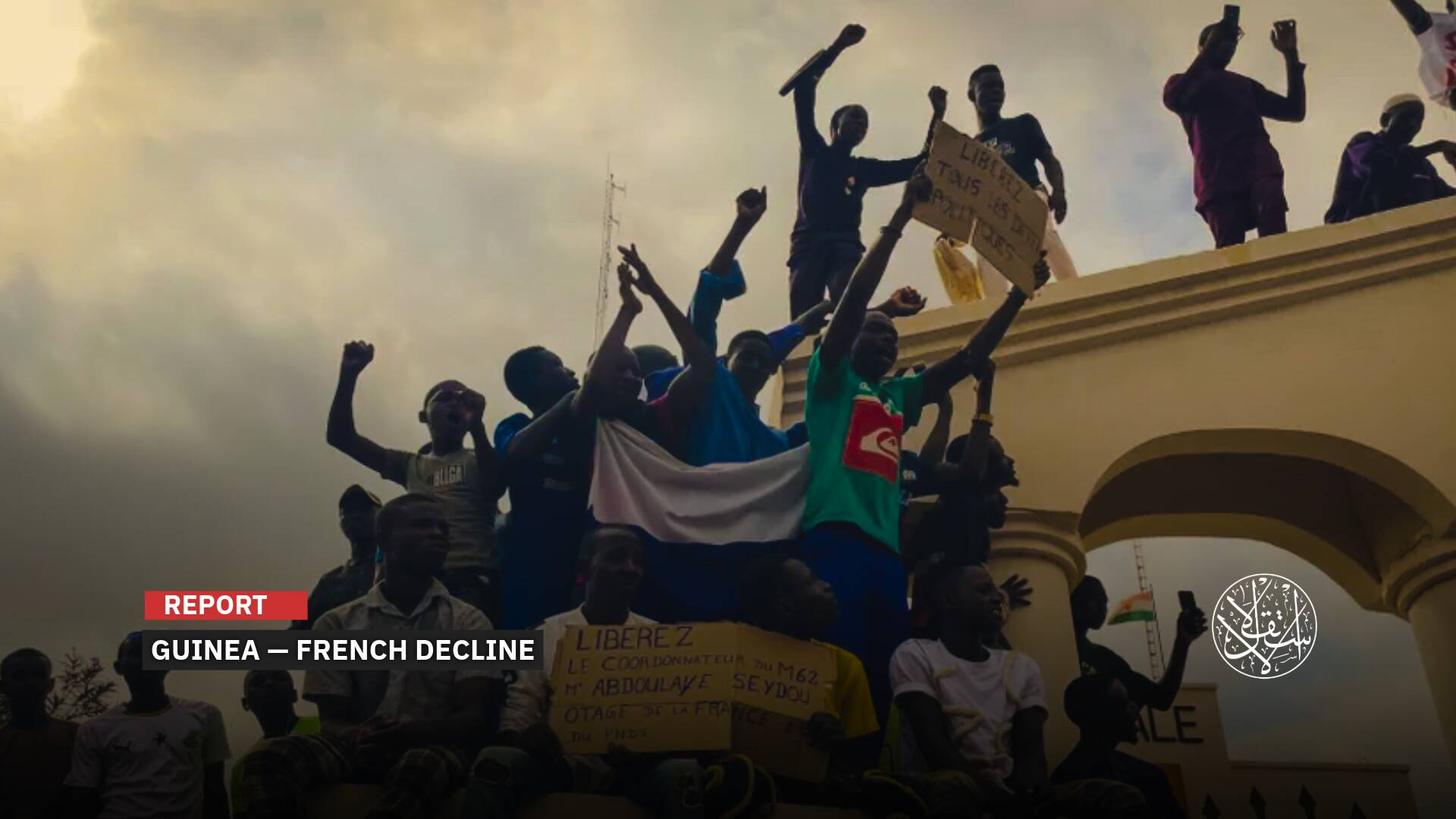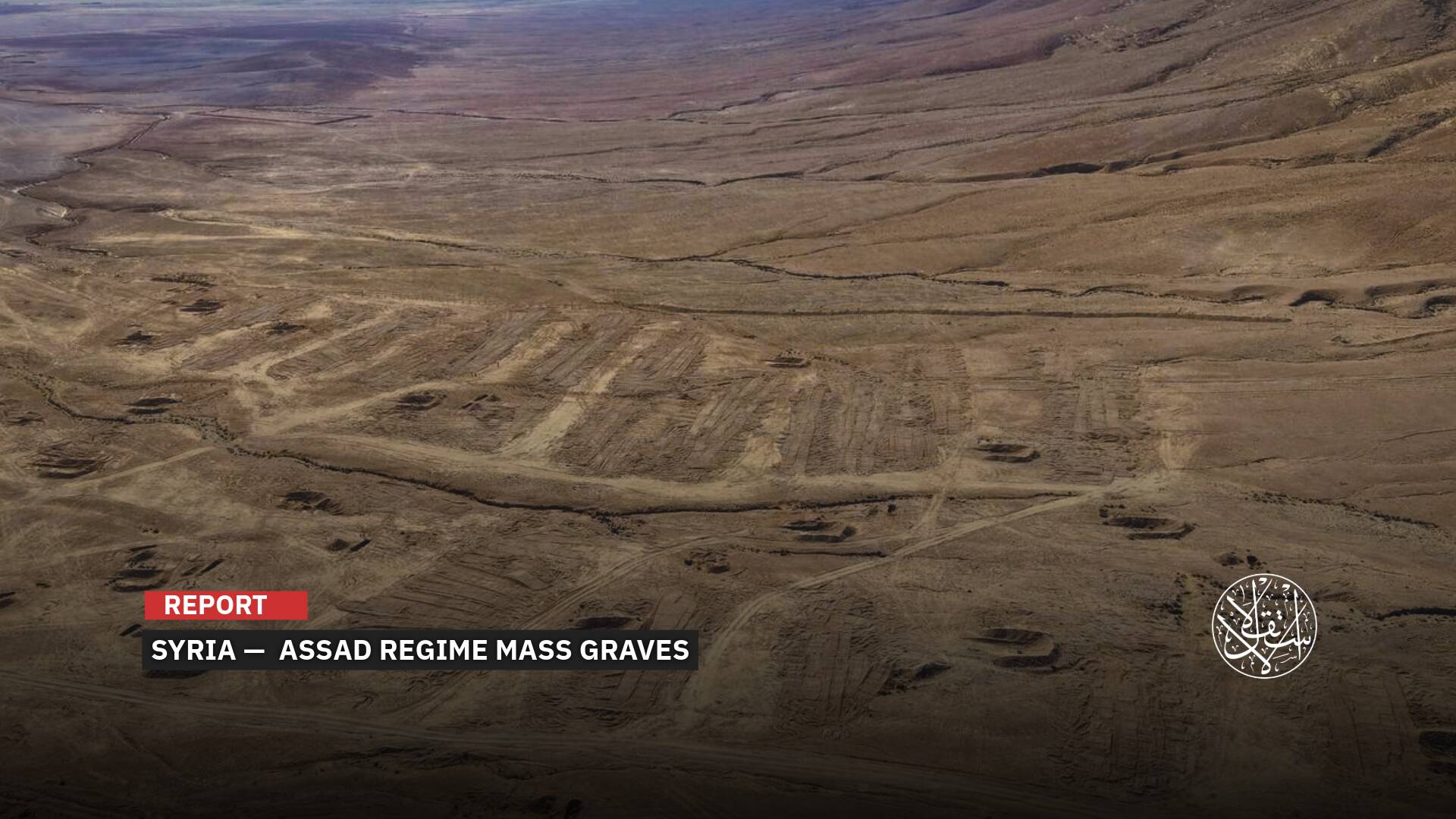'15 Years and $80 Billion for Gaza Reconstruction': How Accurate Are These Figures?
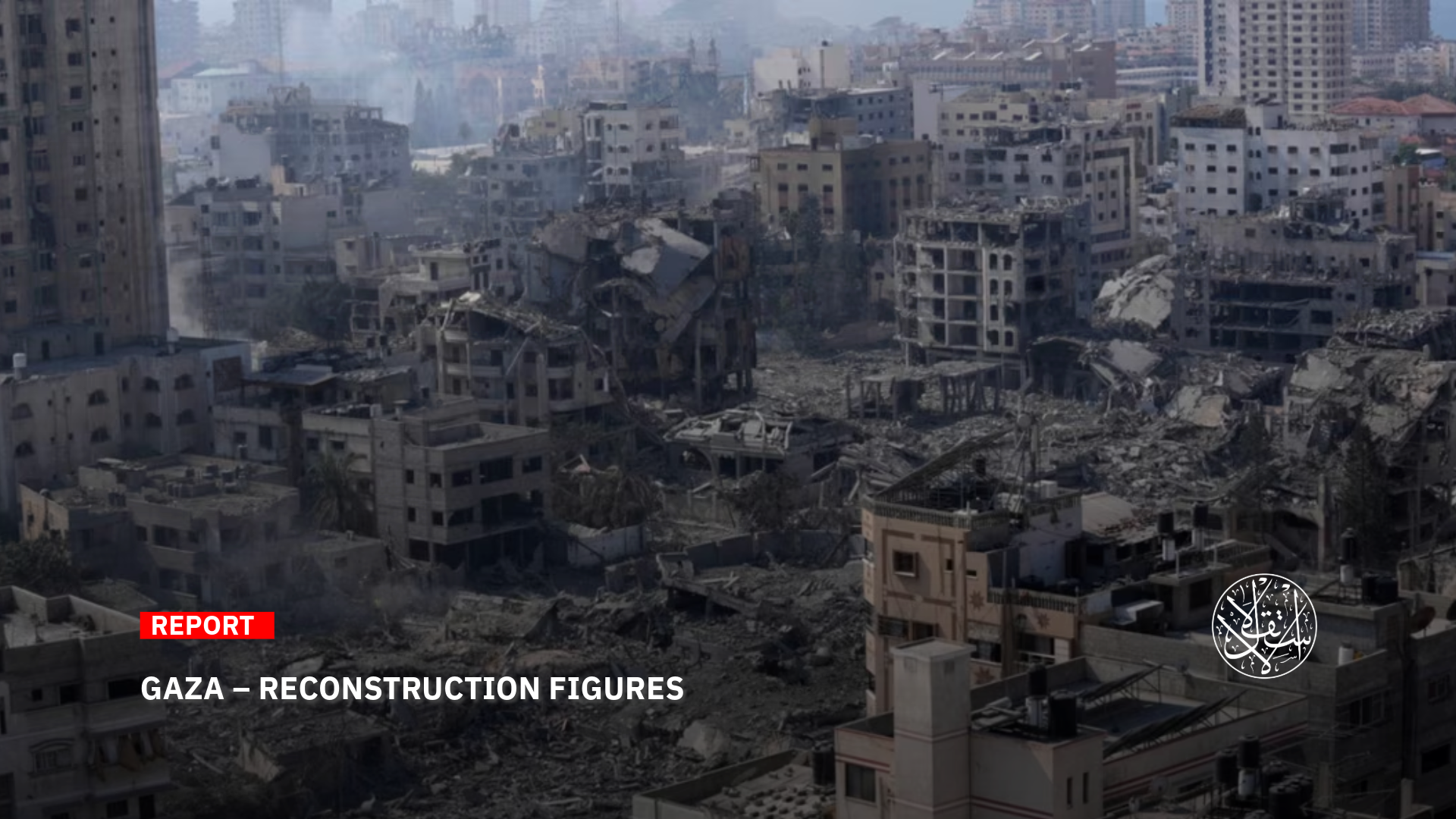
The Israeli airstrikes have left behind over 42 million tons of debris.
Before the war's end, the extent of the destruction in Gaza began to provoke international alarm and questions about the viability of this small, besieged area for life.
Recent reports have suggested that the Strip may require many years to clear the debris. However, Palestinian experts have questioned these estimates, indicating that the actual timeline depends on available equipment and manpower.
Other reports have focused on the enormous financial cost required for the reconstruction of Gaza, which has been subjected to relentless Israeli military assaults by land, sea, and air for over 10 months.
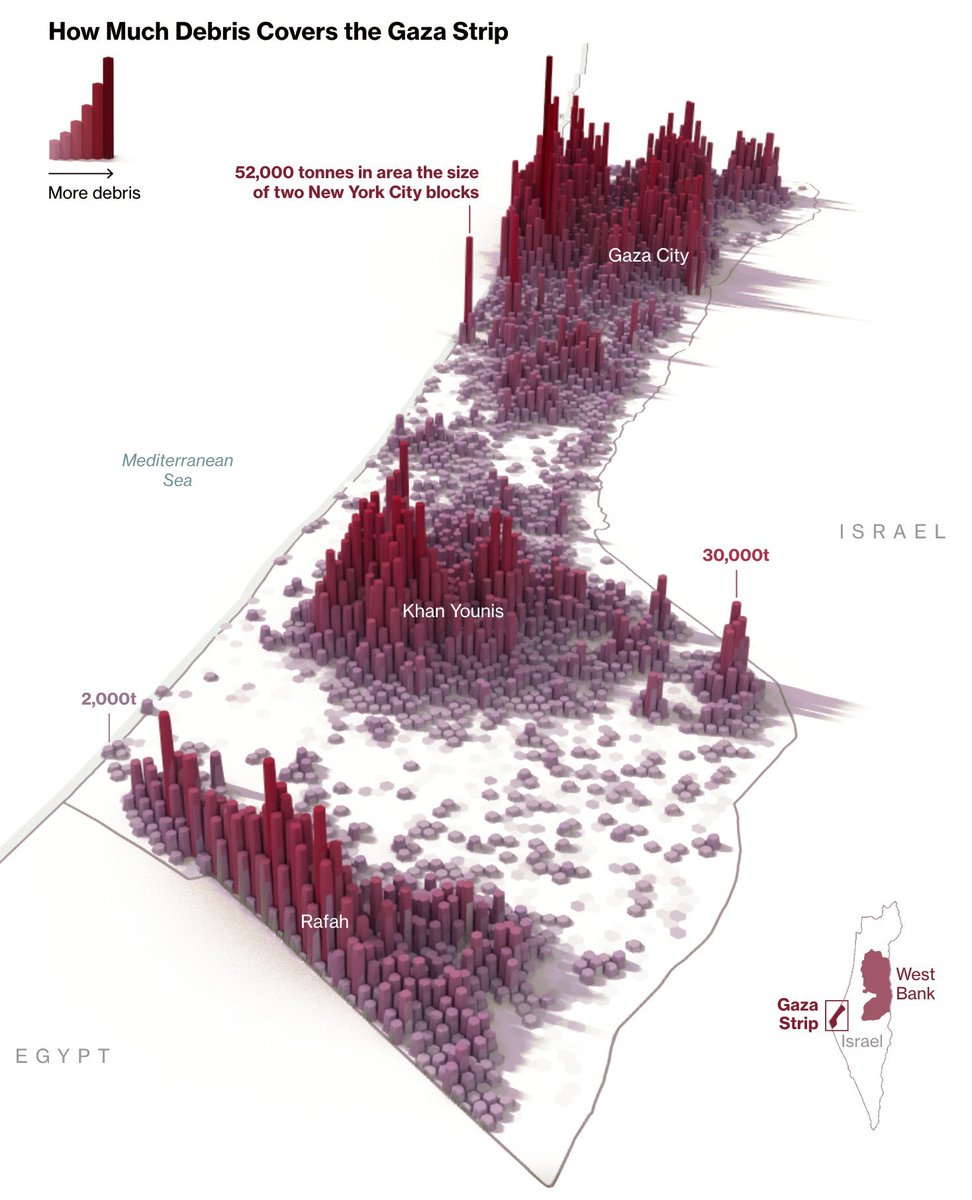
Gloomy Assessments
The latest report from Bloomberg, on August 16, 2024, suggests that the reconstruction cost of Gaza could exceed $80 billion, with an additional $700 million needed to clear over 42 million tons of debris.
The report cites Daniel Egel, Chief Economist at the Rand Corporation, who estimates the cost of rebuilding Gaza could surpass $80 billion, factoring in hidden expenses such as the long-term impact on the labor market due to deaths, injuries, and trauma.
Israeli airstrikes have left over 42 million tons of debris across Gaza, according to the United Nations.
Reports indicate that over 70% of Gaza's housing, as well as hospitals and businesses, have been damaged—facilities already strained by previous conflicts.
Bloomberg notes that this debris could fill a line of garbage trucks stretching from New York to Singapore (15,300 kilometers) and might take several years to remove at a cost of up to $700 million.
The complexity of the cleanup is further compounded by issues such as property rights and difficulties in finding locations for disposing of contaminated remains.
Mark Jarzombek, Professor of Architecture at MIT, described the devastation in Gaza as unprecedented in urban planning history. He noted that it is not only the destruction of physical infrastructure but also the dismantling of essential institutions and a sense of normalcy.
Jarzombek, who has studied post-World War II reconstruction, told Bloomberg that the cost of rebuilding will be extraordinarily high, requiring construction sites to be free of people, which would lead to additional displacement. Gaza will struggle for generations to come.
Highlighting the immense challenge of reconstruction, the United Nations has estimated that a fleet of over 100 trucks will take 15 years to clear Gaza of approximately 40 million tons of debris, with costs ranging between $500 and $600 million.
The UN's assessment from May 2024 reported that 137,297 buildings in Gaza have been damaged. Among these, just over a quarter have been completely destroyed, about a tenth sustained severe damage, and a third experienced moderate damage.
The assessment also found that large waste burial sites covering between 250 and 500 hectares will be necessary for debris disposal, depending on the quantity that can be recycled.
The UN Development Programme has indicated that rebuilding homes in Gaza destroyed during the conflict could take until 2040 in the most optimistic scenario, with the total reconstruction cost for the entire sector reaching up to $40 billion.
This assessment, part of a fundraising campaign for early planning for Gaza's rehabilitation, also found that the Israeli aggression on Gaza could reduce the quality of health, education, and wealth levels in the Strip to 1980s standards, a loss of a 44-year development.
The Guardian reported on July 15 that no building in Khan Younis, southern Gaza, remained undamaged.
The report added that the actual terrain has changed due to the 2,000-pound (907-kilogram) bombs dropped by “Israel.”
Schools, healthcare facilities, roads, sewage systems, and all other vital infrastructure have suffered severe damage.
In the same month, EU foreign policy chief Josep Borrell stated that the destruction inflicted on Gaza by the Israeli war surpassed that experienced by German cities during World War II.
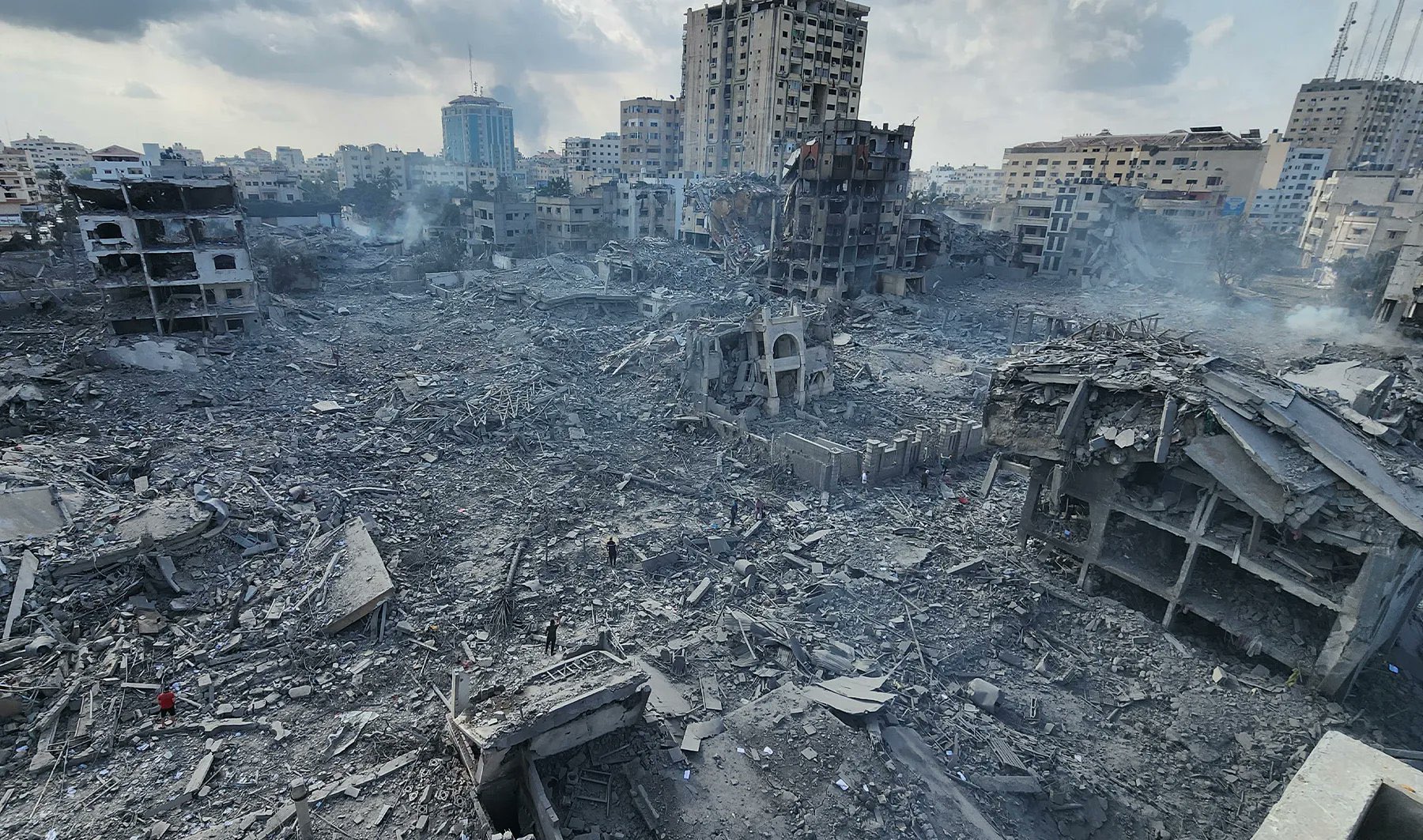
Causes and Complications
In addition to the scale of destruction and debris, the process of removing rubble is expected to be complicated by unexploded bombs, hazardous materials, and human remains buried beneath the debris.
For over ten months, the Israeli Occupation forces have relentlessly bombarded and destroyed the Gaza Strip, which covers approximately 365 square kilometers and is among the most densely populated areas in the world.
The Israeli army has recently reduced the humanitarian area in the Strip from 30 to 20 square kilometers, exacerbating the humanitarian crisis, increasing the concentration of displaced people in limited areas, and expanding the scope of destruction.
Over 1.9 million Palestinians, out of approximately 2.4 million, have been forcibly displaced from their homes due to Israeli military threats or destructive bombardment.
On August 12, 2024, Chitose Noguchi, a senior official with the UN Development Programme, highlighted the complexity of the debris removal process.
During a meeting of donor countries and global charities in Ramallah, she stated that the programme has extensive experience in Gaza, but given the number of bodies buried among the rubble and the unexploded ordnance, “the situation, this time, is entirely different and requires new methods.”
In April, Pehr Lodhammar, former head of the UN Mine Action Service in Iraq, reported that approximately 10% of munitions fail to detonate upon launch and must be removed by demining teams.
He noted that 65% of the destroyed buildings in Gaza were residential, and clearing and rebuilding them will be slow and hazardous due to the threat posed by unexploded ordnance or other buried weapons.
In addition to the issue of explosives and buried bodies, another crisis is the lack of equipment and heavy machinery, many of which have been destroyed in the bombardments.
Husni Mahna, spokesperson for the Gaza Municipality, told Al-Estiklal that "over 126 machines have been destroyed so far, representing 80% or more of the municipality's total equipment."
He emphasized that "the sector contains massive amounts of debris from destroyed homes and buildings due to the ongoing assault."
"We are talking about millions of tons of rubble, an unimaginable quantity in this small corner of the world."
Mahna noted that "destruction surrounds Gaza from every side and in every area and alley, so the process of removing the rubble will not be easy."
He explained that the effort depends on bringing in fuel and all necessary resources for the municipalities, especially heavy equipment and machinery for their teams.
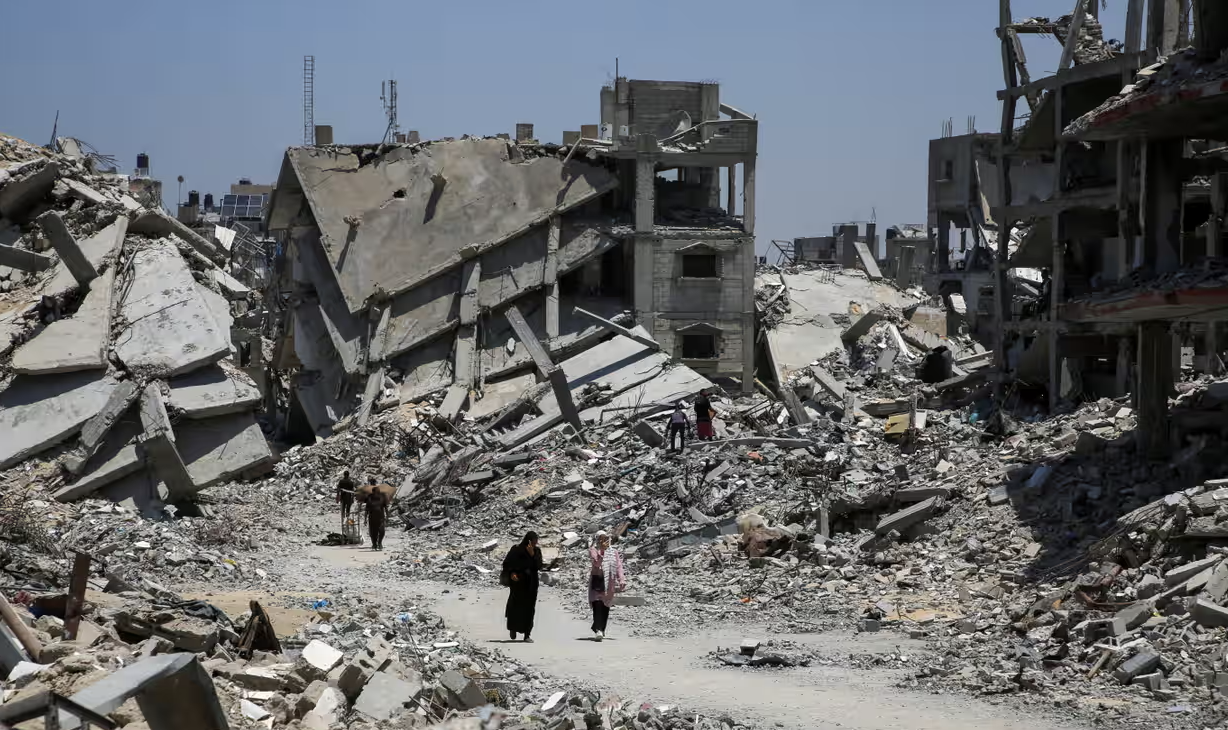
Palestinian Doubts
Despite the recognition of the enormous scale of destruction, some Palestinian experts, including Asem Alnabih, an engineer and another spokesperson for the Gaza Municipality, have questioned the reports suggesting that the sector will need 15 years to clear the debris. They have highlighted other measures and criteria.
In a video posted on his X account, Alnabih stated that these estimates do not account for all factors related to debris removal and reconstruction.
He pointed out that "one of the most crucial factors is the number of workers involved in debris removal and the number of daily working hours, as well as the availability of necessary heavy equipment and machinery."
He asserted that the debris removal process could be completed within a year at most, provided the necessary equipment and workforce are available.
"The estimates mention 100 trucks, which is a small number that may be owned by small companies. My estimates suggest that debris removal could take less than a year at most, given that all materials and equipment are available."
Regarding the large amounts of funding announced by international organizations for reconstruction, Alnabih said, "In reality, debris can be profitable."
"In previous wars, citizens did not have to spend a single shekel to remove the rubble from their homes."
He attributed this to the fact that “many private companies removed the debris in exchange for acquiring it, turning the process into a project to generate income or at least to save money for Gaza's reconstruction.”
Skepticism Among Palestinians
Other Palestinians believe that the estimated number of years and financial costs reported by international sources are part of a psychological warfare strategy against them.
Researcher Ali Abo Rezeg said that “reports claiming it will take 15 years to clear the debris are far from genuine; they aim to instill a deeper psychological defeat in people, leading to a state of utter despair.”
He explained that these reports seek to convey to Gaza’s youth, who already feel abandoned and hopeless, that life in the Strip is no longer viable.
This, he argues, is intended to push them toward voluntary migration following the failure of forced displacement plans.
He cited previous reports from conflicts, such as the 2014 Gaza aggression, which claimed debris removal would take 7 to 10 years, but it did not take that long.
“For instance, in Turkiye, 75% of the debris, amounting to 150 million tons, was cleared within a year and a half following the devastating earthquake centered in Kahramanmaras in February 2023.”
“The key factors are opening the crossings, lifting the blockade, and involving Arab companies in reconstruction and debris removal, similar to the involvement of Egyptian companies after the 2021 aggression on Gaza,” according to Abo Rezeg.
“Gaza has thousands of engineers, skilled minds, and hundreds of thousands of workers ready to repair what can be fixed, return to their homes, and rebuild their country. This will contribute to job opportunities and economic growth.”





